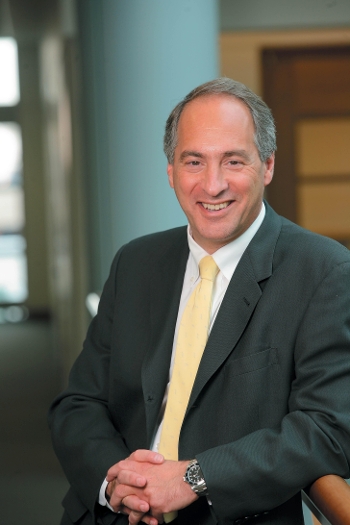Encouraging Organ Donation: Removal of Disincentives & Consideration of Incentives

Part Three of a Three-Part Series
The shortage of organs for donation has been a long standing issue facing transplantation for years. As a resource for transplantation and patient advocacy, the AST must work to contribute to finding a solution. And after some thoughtful consideration, I believe there are two clear paths that AST can and should explore again in discrete and constructive steps.
The first path is toward increasing deceased donor donation. There can never be enough community education and engagement to explain the "miracle of transplantation" to the public. The latest endeavor on this front is called "Power2Save". This is far more than the fundraising concert of the same name. It is the next logical step in the AST's development as a Society and honors the dramatic expansion of our membership's diversity that has only been accelerating. We are now embracing the entire challenge of transplantation today and that must include the voices of our patients and their families when it comes to organ donation. Our audience is now becoming the entire nation and our first objective is to explain the human intersection between transplantation science and medicine, public policy and the impact of all the changes in health care.
Success should be benchmarked by how well we create new grass roots support for advancing clinical transplantation, funding science and making progressive public policy that benefits everyone involved in the process. Increasing organ donation in this process is now a logical and compelling piece of supporting transplantation for all of the stakeholders. The AST should also continue to strongly support scientific efforts to improve the quality of deceased organ donation and increase the number of available organs. A perfect recent example is the AST's support for the HOPE Act that was approved by the Senate and is now being considered in the House. It will allow HIV+ organs to be used for in clinical trials to prove their safety as the next critical step to their routine use in selected populations.
The second path is toward increasing living donor donation. The incredible growth of living donation over the last decade has nearly doubled the number of possible transplants and yet, still we remain far below the needed total numbers. This situation begs the question about what can we do to remove more of the disincentives in the process. First, there remain concerns in the public regarding the safety of living organ donation as well as the transparency of the process of donor selection. Several communities within the AST are working on addressing these challenges already. I support in principle the creation of a new AST web presence on living donation for the general public on this topic, as my recent forays to other available websites is scary (quite frankly) in the depth of misinformation and personal agendas.
But a new possibility for the AST to creatively reconsider the current situation in the US was suggested by recent discussions with the ASTS regarding a joint response to the follow-up conference in April organized by the TTS and their partners in Doha, Qatar on the 5-year impact of the original Declaration of Istanbul. The Declaration outlined an international position on the ethics of paid organ donation intended to send a clear message that exploitive, paid living donation practices that were sometimes even criminal in nature, were not acceptable. The AST signed a letter supporting the Declaration. In the intervening 5 years, the Declaration had a significant impact on reducing and marginalizing these exploitive practices.
However, even at the time, concerns were raised here that opposing those specific practices as documented then in developing countries was not equivalent to banning any future consideration of examining financial incentives for living organ donation in the United States. I now think the time has come for a joint AST/ASTS effort to review the current status of living organ donation in the US. I think this effort should consider the problem from the perspective of disincentives that can be removed and from incentives, including but not limited to financial ones that could be acceptable. The effort should harmonize with the ethical principles embodied in the Declaration of Istanbul, but should reflect the real situation of clinical practice and ethics in the US today. The effort should be inclusive of all the major stakeholders in transplantation, not just the AST and ASTS. It is way beyond me to advocate for any particular outcome at this point, but I will be actively exploring the principle of organizing the effort next.
The solution to fair access to transplantation for all patients remains simple yet daunting. As a community and a nation, we must do more to close the gap between supply and demand of donor organs. It may sound trite, but the real answer remains, "It's donation stupid." It is exciting that there are a number of new and potentially productive steps on both paths forward for the AST to take. I am looking forward to your ideas and critical discussion of these plans in response to this Presidential blog series.

Comments
Money for kidney donation
The Organ Shortage
Money for donation, organ shortage
Donation vs. Payment
The power of giving
Add new comment